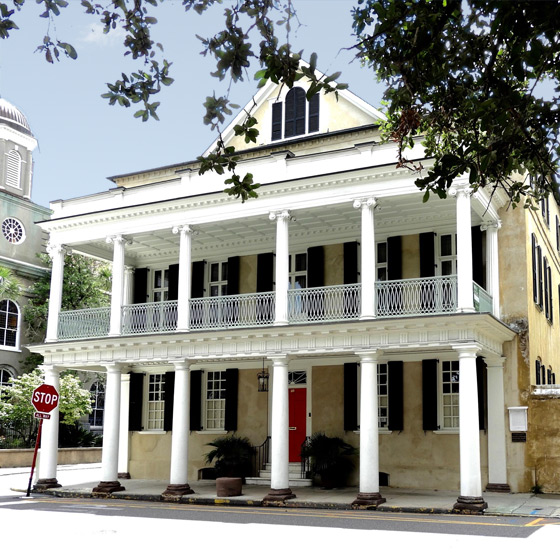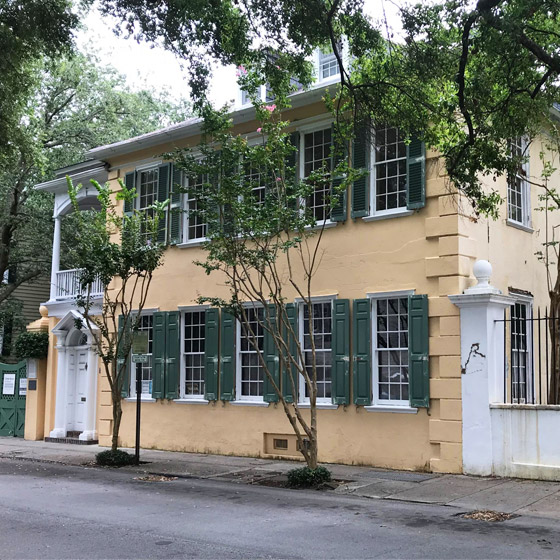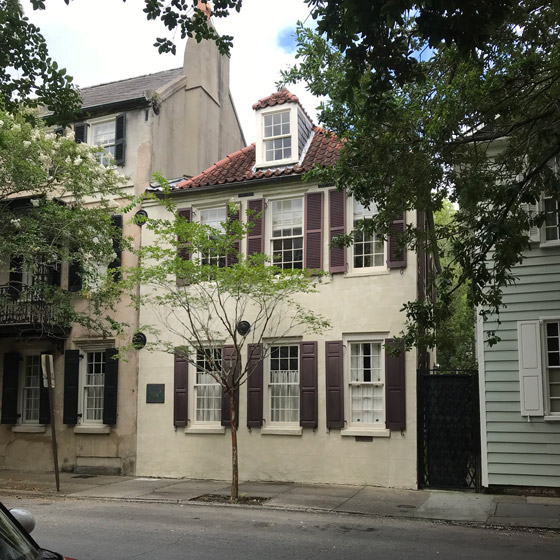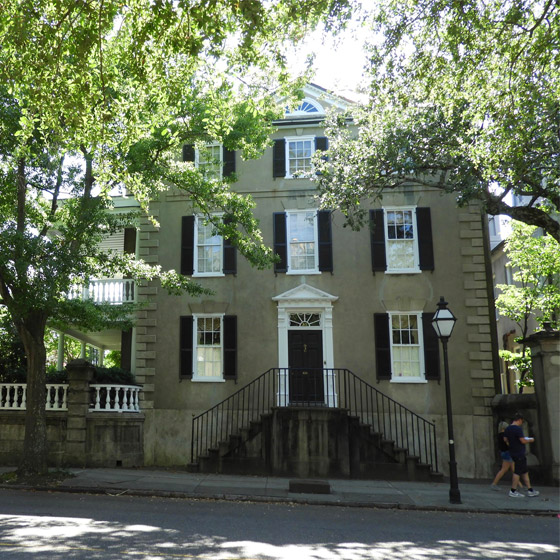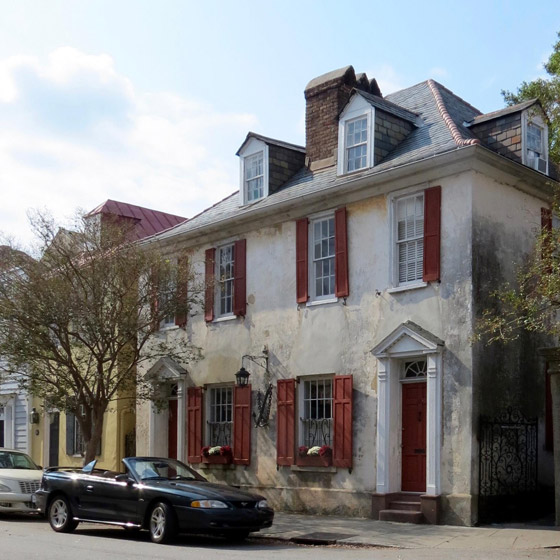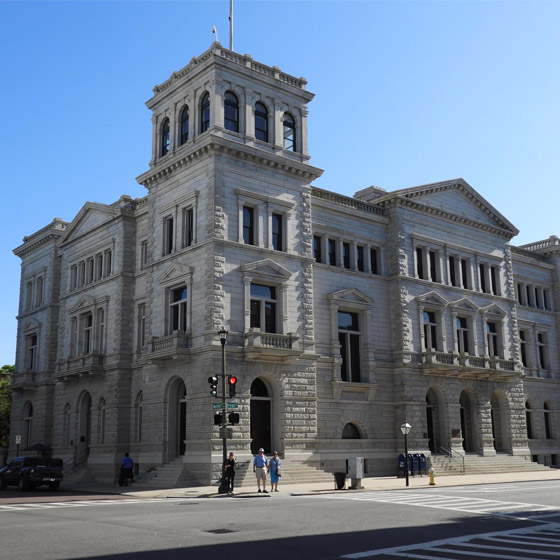The lot at 35 Meeting Street was acquired by Stephen Bull in 1694, and his son William built the stuccoed brick house (minus the piazzas, which were added much later) around 1720. Three and one-half stories on top of a raised basement make this single-family residence one of the most imposing houses of the colonial era in Charleston. 35 Meeting Street is also a house infused with the early history of Charles Town.
The Bull family, originally from England, was much involved in the early proprietary and royal governments. Stephen Bull of Kingshurst Hall, Warwickshire, England came to Carolina in 1670 on the first ship to settle here, the "Carolina." He came as the personal representative of Lord Anthony Ashley Cooper, one of the eight Lords Proprietors to whom King Charles II gave the land known as Carolina in gratitude for the restoration of the English monarchy.

